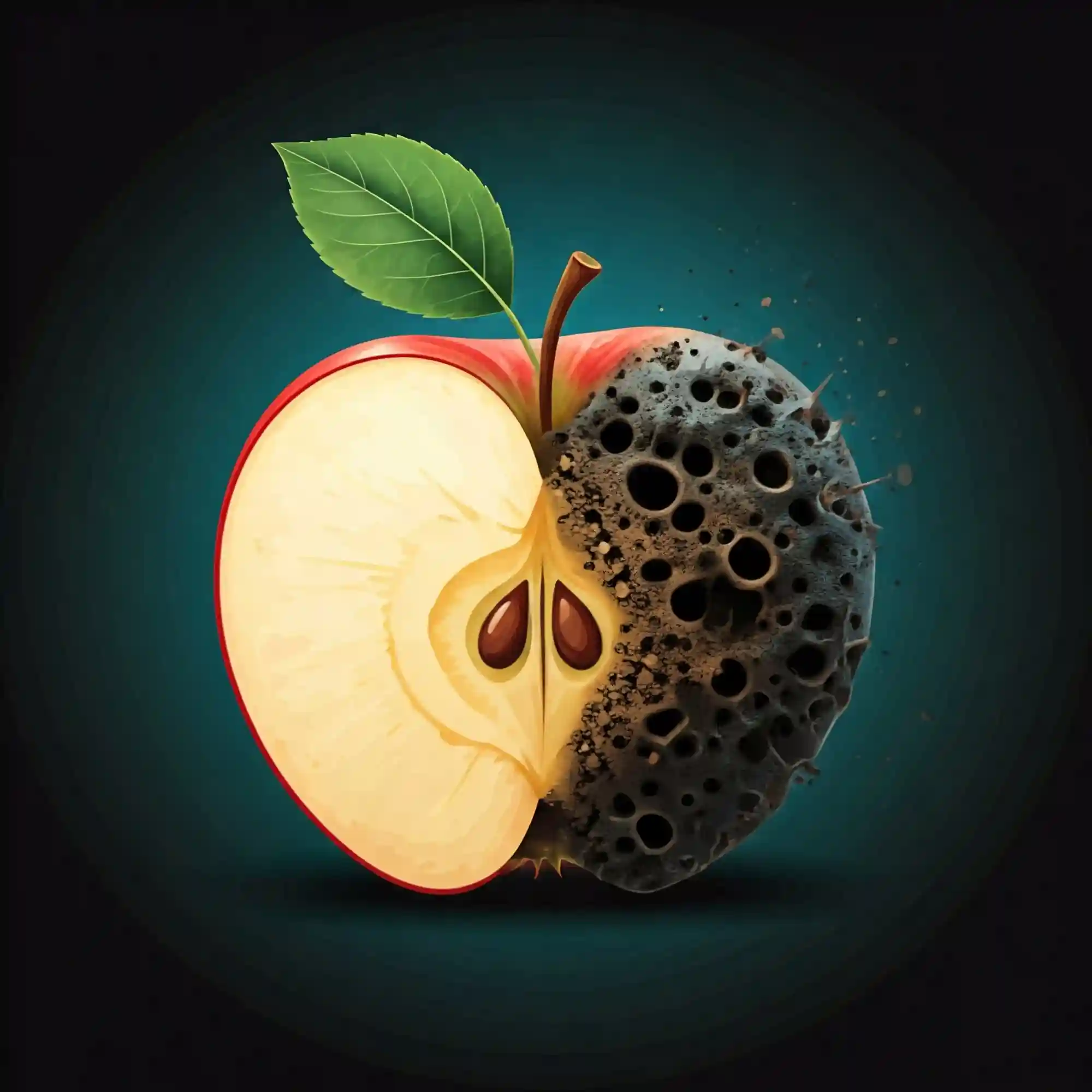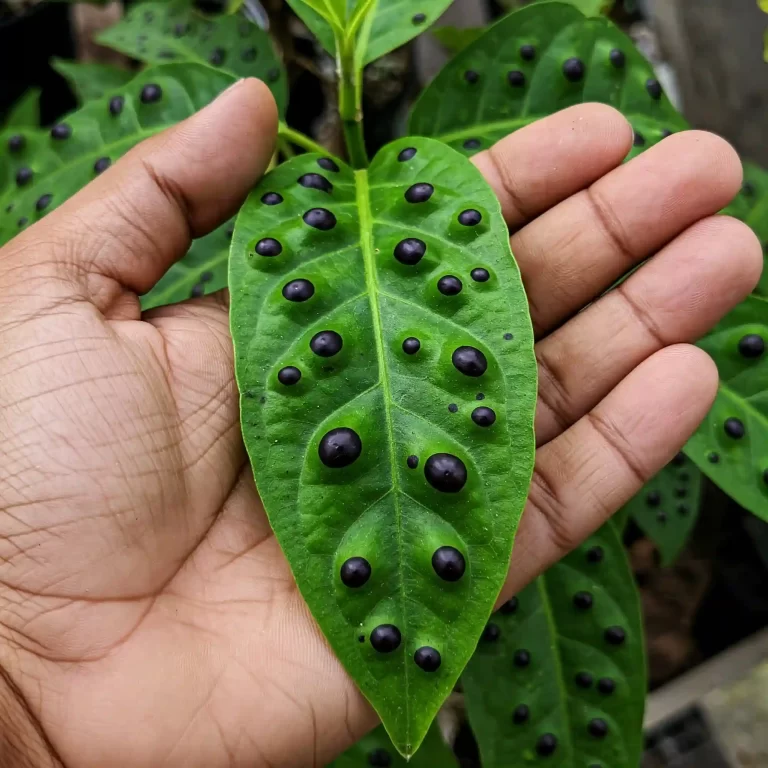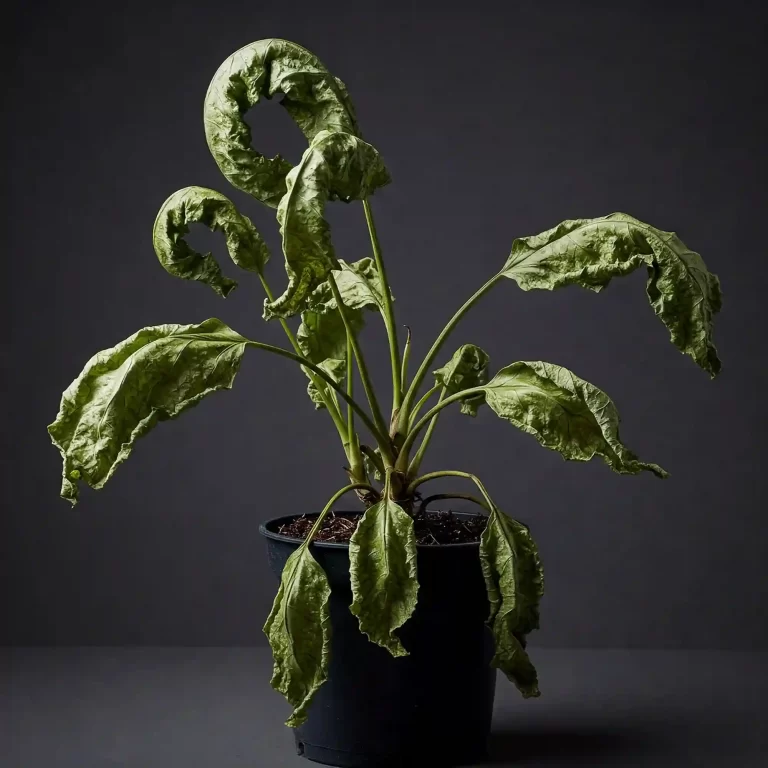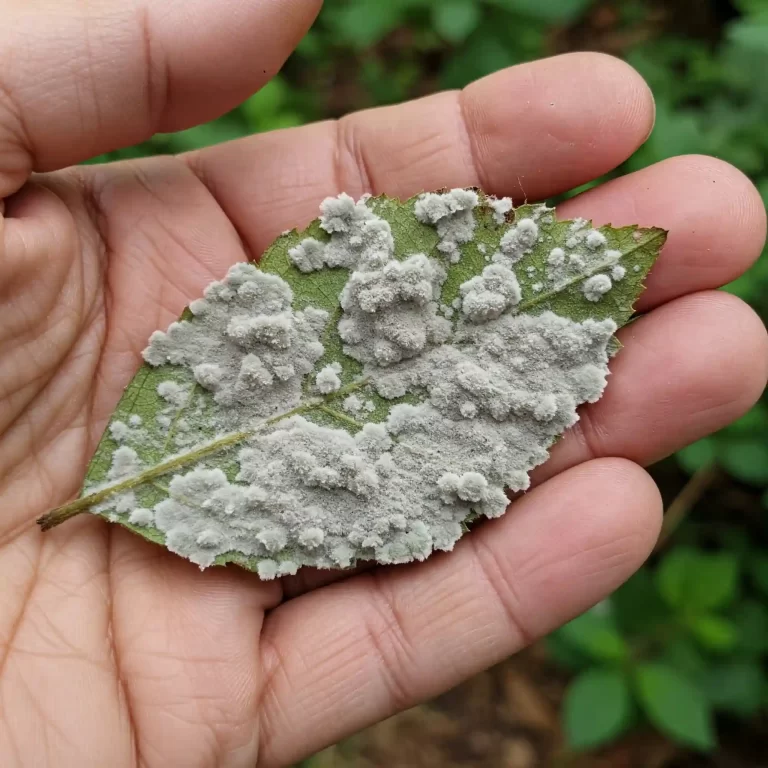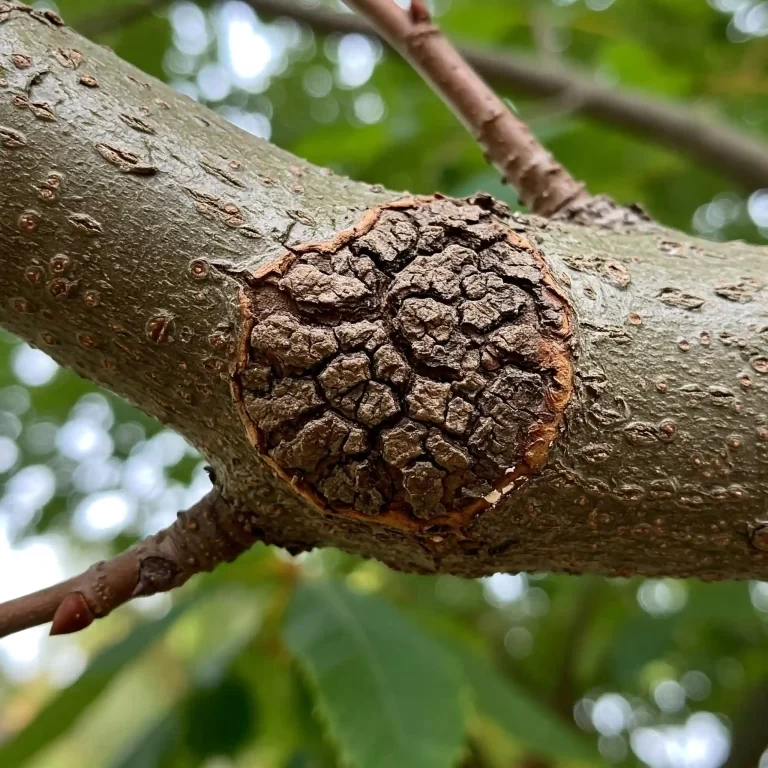Have you ever stumbled upon the term “black pox” and felt a chill? Perhaps you’ve been researching historical diseases, or maybe you’re a keen gardener worried about your apple trees. It’s a phrase that evokes a sense of dread, and for good reason. Black pox, you see, refers to not one, but two very different things: a devastating complication of smallpox from centuries past, and a fungal disease that can plague our beloved apple trees today. This duality can be confusing, I know, especially when you are trying to find clear and reliable information. In this comprehensive guide, I aim to unravel the mystery surrounding this ominous name, providing you with a clear understanding of both its historical and horticultural contexts.
What is Black Pox (Smallpox)?
Black pox, within the context of smallpox (caused by the Variola major virus), describes a particularly severe and often fatal form of the disease. It was a terrifying complication, marked by extensive internal and external bleeding. This bleeding, particularly under the skin, gave the lesions their characteristic dark, almost black appearance—hence the name “black pox.”
As a gardener and someone deeply interested in the natural world, I often reflect on the power of nature, both in its beauty and its destructive potential. Smallpox, and black pox as its most severe manifestation, serves as a stark reminder of the devastating impact of infectious diseases throughout human history.
Historical Context:
Smallpox ravaged populations for centuries, leaving behind a trail of death and disfigurement. The disease, caused by the Variola virus, was highly contagious, spreading primarily through respiratory droplets and direct contact. Before the advent of vaccination, outbreaks and epidemics were commonplace, claiming countless lives. Black pox, also known as hemorrhagic smallpox, represented one of the most lethal forms of the disease. Its occurrence signified a grave prognosis, with mortality rates approaching 100% in many historical accounts.
Symptoms of Black Pox (Smallpox):
The symptoms of black pox were particularly harrowing:
- Extensive bleeding into the skin: This was the hallmark of black pox. Bleeding under the skin caused dark, almost black lesions to form.
- Internal bleeding: In many cases, internal organs were also affected by hemorrhaging, leading to organ failure.
- High fever: A persistent and often extremely high fever accompanied the other symptoms.
- Severe systemic illness: Patients experienced a rapid decline in their overall health, often leading to shock and death.
Causes and Transmission:
Black pox, like all forms of smallpox, was caused by the Variola virus. Transmission occurred primarily through:
- Respiratory droplets: Infected individuals could spread the virus through coughing, sneezing, or even talking.
- Direct contact: Contact with infected bodily fluids or contaminated objects could also lead to transmission.
Historical Treatment and Management:
Before the development of effective vaccines, treatment options for smallpox, including black pox, were limited. Management strategies focused on:
- Isolation: Isolating infected individuals to prevent further spread of the disease.
- Quarantine: Implementing quarantine measures to restrict movement and contact.
- Supportive care: Providing supportive care to alleviate symptoms and manage complications.
The Triumph of Eradication:
One of the greatest achievements in public health history is the eradication of smallpox. Thanks to a global vaccination campaign spearheaded by the World Health Organization (WHO), smallpox was declared eradicated in 1980. This victory marked the end of a disease that had plagued humanity for millennia, consigning black pox to the history books. This is a powerful example, you see, of how collective action and scientific advancement can overcome even the most formidable health challenges.
What is Black Pox (Apple Tree Disease)?
Black pox, in the context of apple trees, is a fungal disease, not related to the smallpox virus. It’s caused by the fungus Helminthosporium papulosum and can affect various parts of the tree, including the bark, fruit, and leaves. As someone who spends a lot of time tending to my own orchard, I understand the frustration and concern that comes with discovering a disease like this on your trees. You invest time and care, and seeing them affected can be disheartening. But don’t worry, with the right knowledge and action, you can manage and protect your trees.
Symptoms of Black Pox (Apple Tree Disease):
Recognizing the symptoms early is key to managing black pox in apple trees. Here’s what to look for:
- Bark Cankers: The most distinctive symptom is the appearance of dark, sunken cankers on the bark of the tree’s branches and trunk. These cankers are often oval or elongated and can vary in size.
- Fruit Spots: Black pox can also affect the fruit itself, causing dark, circular spots or lesions on the apple’s surface. These spots can sometimes crack or become sunken.
- Leaf Spots: In some cases, the fungus can also cause small, dark spots on the leaves, which may eventually lead to defoliation (leaf loss).
Causes of Black Pox (Apple Tree Disease):
The culprit behind black pox in apple trees is the fungus Helminthosporium papulosum. This fungus thrives in moist conditions and its spores are spread by wind and rain. Factors that can contribute to the development of black pox include:
- Wet weather: Prolonged periods of rain or high humidity create an ideal environment for the fungus to thrive.
- Poor air circulation: Trees that are densely planted or surrounded by other vegetation may have poor air circulation, which can promote fungal growth.
- Wounds or injuries to the bark: Open wounds on the tree’s bark can provide entry points for the fungus.
I’ve seen firsthand how quickly this disease can spread in damp conditions, so it’s essential to be vigilant, especially during periods of wet weather.
Prevention, Control, Management, Care, Protection:
When it comes to plant care, I always emphasize a proactive approach. Here are some key strategies for preventing and managing black pox in your apple trees:
- Prevention:
- Choose resistant varieties: When planting new apple trees, select varieties that are known to be resistant to black pox.
- Ensure good air circulation: Prune your trees regularly to improve air circulation and allow sunlight to penetrate the canopy.
- Maintain good orchard sanitation: Remove fallen leaves and fruit from around the base of the trees to reduce the source of fungal spores.
- Control:
- Fungicide applications: In severe cases, fungicides can be used to control black pox. Consult with your local nursery or agricultural extension service for recommendations on appropriate products and application schedules.
- Management:
- Prune infected branches: Prune out any branches that show signs of cankers, making sure to cut back to healthy wood. Dispose of the infected branches properly.
- Care:
- Provide optimal growing conditions: Ensure your trees are getting adequate water and nutrients to promote their overall health and vigor. Healthy trees are more resistant to disease.
- Protection:
- Regular monitoring: Regularly inspect your trees for signs of black pox, especially during wet weather. Early detection is crucial for effective management.
By understanding the causes, symptoms, and management strategies for black pox in apple trees, you can take proactive steps to protect your trees and ensure a healthy harvest.
Black Pox vs. Other Apple Tree Diseases
In my years of tending to apple trees, I’ve learned that several diseases can affect these wonderful trees, each with its unique characteristics. It’s essential to distinguish black pox from other common apple tree diseases to ensure you take the appropriate care and management steps. Let’s explore some key differences:
Black Pox vs. Apple Scab:
Apple scab, caused by the fungus Venturia inaequalis, is another common fungal disease that affects apple trees. While both diseases can cause spots on the leaves and fruit, there are some key distinctions:
- Leaf Spots: Apple scab leaf spots are typically olive-green to black with a feathery edge, while black pox leaf spots are usually smaller and darker.
- Fruit Spots: Apple scab fruit spots are often scabby or corky in texture, while black pox fruit spots are smoother and may be sunken.
- Environmental Factors: Apple scab thrives in cool, wet conditions, while black pox is more prevalent in warm, humid weather.
Black Pox vs. Fire Blight:
Fire blight, caused by the bacterium Erwinia amylovora, is a bacterial disease that can be particularly devastating to apple trees. Here’s how it differs from black pox:
- Affected Parts: Fire blight typically affects blossoms, shoots, and young branches, causing them to appear scorched or burned. Black pox primarily affects the bark, fruit, and leaves.
- Symptoms: Fire blight causes rapid wilting and dieback of affected tissues, while black pox causes cankers and spots.
- Spread: Fire blight is often spread by insects and rain splash, while black pox spores are primarily spread by wind and rain.
Comparison of Apple Tree Diseases
| Disease | Cause | Affected Parts | Symptoms | Spread |
| Black Pox | Fungus | Bark, Fruit, Leaves | Dark cankers, spots, defoliation | Wind and rain |
| Apple Scab | Fungus | Leaves, Fruit | Olive-green to black spots with feathery edges, scabby fruit spots | Cool, wet conditions |
| Fire Blight | Bacterium | Blossoms, Shoots, Branches | Rapid wilting and dieback, scorched appearance | Insects, rain splash |
By understanding these differences, you can accurately diagnose the issue affecting your apple trees and implement the most effective management strategies.
Frequently Asked Questions (FAQs)
As a gardener, I know you often have specific questions when faced with a plant disease or historical information. I’ve compiled some frequently asked questions about black pox, drawing from my own experience and the common queries I’ve encountered:
- What were the symptoms of black pox in smallpox patients? In smallpox patients, black pox was characterized by extensive bleeding under the skin, leading to dark, almost black lesions. This was often accompanied by internal bleeding, high fever, and severe systemic illness.
- How to identify black pox symptoms on apple tree bark and fruit? On apple trees, look for dark, sunken cankers on the bark, dark spots or lesions on the fruit, and potentially small, dark spots on the leaves.
- What are the most effective organic treatments for black pox on apple trees? While complete eradication with organic methods can be challenging, you can manage black pox by improving air circulation through pruning, removing infected branches and fruit, and applying organic fungicides containing copper or sulfur.
- What are the preventative measures for black pox in commercial apple orchards? In commercial orchards, preventative measures include planting resistant varieties, ensuring proper spacing for air circulation, maintaining good orchard sanitation, and using preventative fungicide sprays.
- What are the differences between black pox and other forms of smallpox infection? Black pox was a particularly severe form of hemorrhagic smallpox, distinguished by extensive bleeding and dark lesions. Other forms of smallpox might have presented with different types of rashes or less severe symptoms.
- How does black pox affect the yield and quality of apple fruit production? Black pox can significantly reduce apple yield and quality by causing fruit spots and lesions, making the fruit unmarketable. Severe infections can also weaken the tree, further impacting future yields.
- What are the environmental factors that contribute to black pox in apple trees? Warm, humid weather and poor air circulation create ideal conditions for the Helminthosporium papulosum fungus to thrive and infect apple trees.
- What is the lifecycle of the fungus that causes black pox on apple trees? The fungus overwinters in infected bark and plant debris. In the spring, spores are released and spread by wind and rain, infecting new tissues. The fungus then produces new spores, continuing the cycle.
These FAQs should address many of your immediate questions about black pox in both its historical and horticultural contexts. Remember, early detection and appropriate action are key to managing this disease in apple trees.
Conclusion
Black pox, as we’ve explored, carries a dual identity. It’s a name that echoes from the past, reminding us of the devastating impact of smallpox and its most severe form, hemorrhagic smallpox. It also exists in the present, as a fungal disease that can affect our apple trees.
Key Takeaways:
- Historical Significance: Black pox in the context of smallpox is a reminder of the power of infectious diseases and the triumph of modern medicine in eradicating this global threat.
- Horticultural Concern: Black pox in apple trees is a manageable disease with proper care and preventative measures.
- Accurate Identification: Distinguishing between the two contexts is crucial for understanding the information you encounter.
As a gardener, I believe in the power of knowledge and proactive care. By understanding the different facets of “black pox,” you are better equipped to appreciate history and protect your trees.
Further Resources:
I hope this comprehensive guide has provided you with a clear understanding of black pox in both its historical and horticultural contexts. Remember, whether you’re interested in medical history or caring for your apple trees, knowledge is your most powerful tool.
